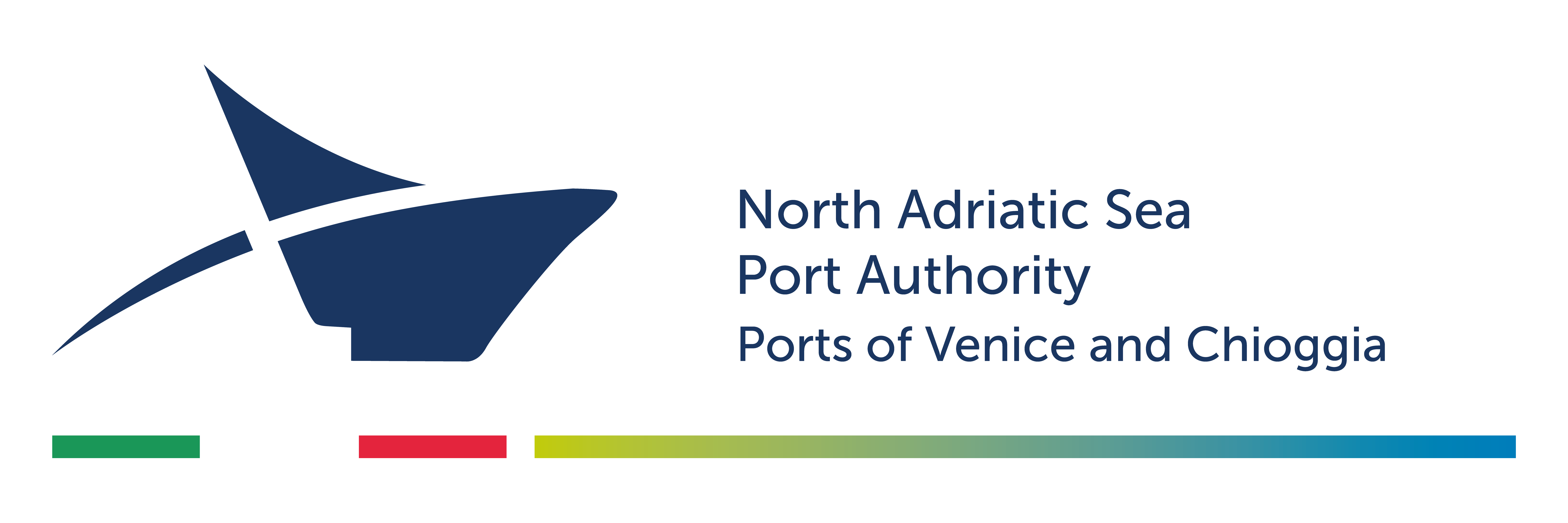Built in the 14th century on what was the westernmost point of Venice, the former Church of Santa Marta ceased to be used for worship and went through decay in modern times, until the early 21st century when a major renovation project let it become a venue for conferences and art exhibitions. The former church houses an auditorium designed by architect Vittorio De Feo, which is considered one of the most interesting examples of architectural reconversion in Venice.
Sponsored by the Port Authority, the renovation project was aimed at enhancing the monumental features of the building and turn it into a multipurpose space. A conservative restoration approach was used to bring stylistic consistency to the structure and involved the building envelope, made of brick masonry, the roof covered with tiles laid on wooden boards supported by beams and some internal and external decorations. In the space delimited by the walls and the restored roof, an exhibition/meeting area was created along the inner perimeter and a wooden structure was added in the middle of the hall, with seats, technological systems and toilets.
From today, the former church that rises next to the convent bearing the same name, is getting ready to become a learning space for the students of the Accademia delle Belle Arti di Venezia (Venice Academy of Fine Arts – ABA). That was established in an agreement signed this morning, in the presence of the students, by the President of the North Adriatic Sea Port Authority, Fulvio Lino Di Blasio, and the president of ABA, Michele Casarin.
Under the agreement, the Port Authority will let the former church, currently a state-owned building, to ABA for eight years, for an annual fee of 30,000 euros. The Academy will have to develop and share projects and initiatives aimed at enhancing the maritime-port cultural heritage, Venice’s international dimension as a City-Port and at using culture and artistic heritage to train young talents in the field of inclusive and sustainable development. These initiatives can take the form of events, competitions, internships, conferences, and meetings in keeping with the educational programme and the cultural vocation of the institution. Foregrounding should be given also to the building and the surrounding port area.
The Venice Academy of Fine Arts will use the Santa Marta hall for activities related to theoretical and practical-theoretical disciplines having to do with art communication, multimedia and design. “Elements of Iconography and Iconology” is the title of the first course to be delivered at Santa Marta. Under the agreement, AdSPMAS may continue to use the former church for 12 days a year for initiatives consistent with the purposes of the organisation.
“Today’s accomplishment,” commented AdSPMAS President Di Blasio, “is one of the actions included in the Authority’s three-year operational plan which seeks collaboration with leading culture and education players in Venice while, at the same time, pursuing the regeneration of the waterfront to let it become one of the ‘new ways to experience Venice and its port’. It so happens that an important piece of Venice’s historical heritage rises in the areas we control – which still have a sound maritime-port vocation – and we decided to entrust it to one of the main organisations of Venice’s cultural life so that they can use it to carry out activities in line with our shared principles.”
The President of the Venice Academy of Fine Arts, Michele Casarin, stated: “The agreement entered into with the Port Authority and the start of lectures in the former Santa Marta Church are significant for two reasons: on the one hand, this marks the collaboration between two leading entities that, together with other stakeholders, are contributing to the economic, social, and cultural revival of Venice; on the other hand, the Academy, which was founded in 1750 and as such is the oldest institution for artistic training in Venice, takes another decisive step forward towards growth and improvement. Both the President and the Director of the Academy are committed to ensure that ABA has good facilities and is suitably equipped to support the growth of students, faculty and the educational offerings.”
“I would like to thank everyone who made this agreement possible” said the Municipal Councilor for Universities Paola Mar, “because it demonstrates that words can be followed by tangible actions. On Friday, the ‘Venice City Campus’ project was launched, and today we are already implementing a significant first piece of it. This is also an example of how an internationally renowned tertiary education institution can find a home in a beautiful space: working surrounded by beauty can only produce something beautiful, and I believe that studying here is truly a privilege. Thank you, therefore, to all the foreign students who choose Venice as their place of study and perhaps also their place of life.”

